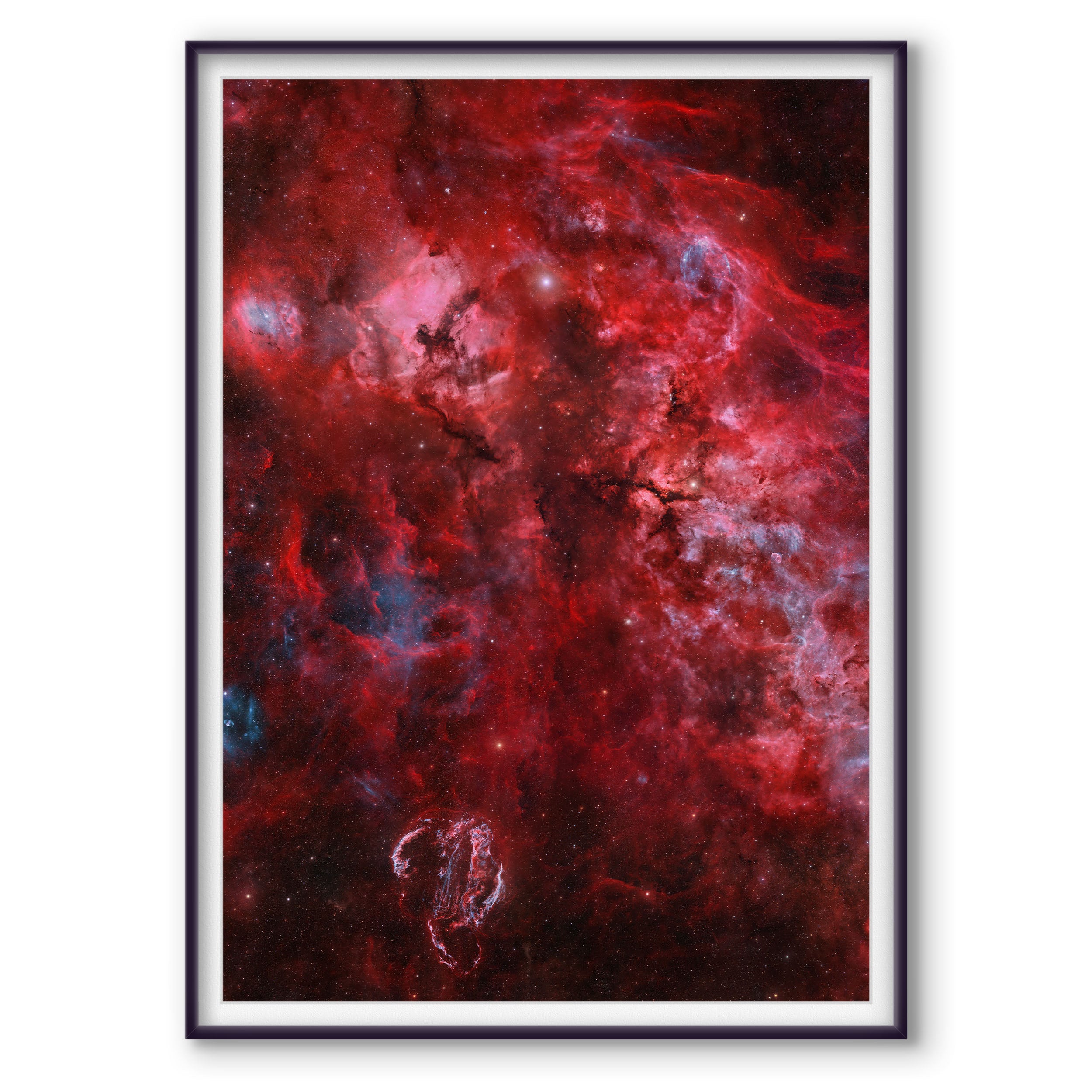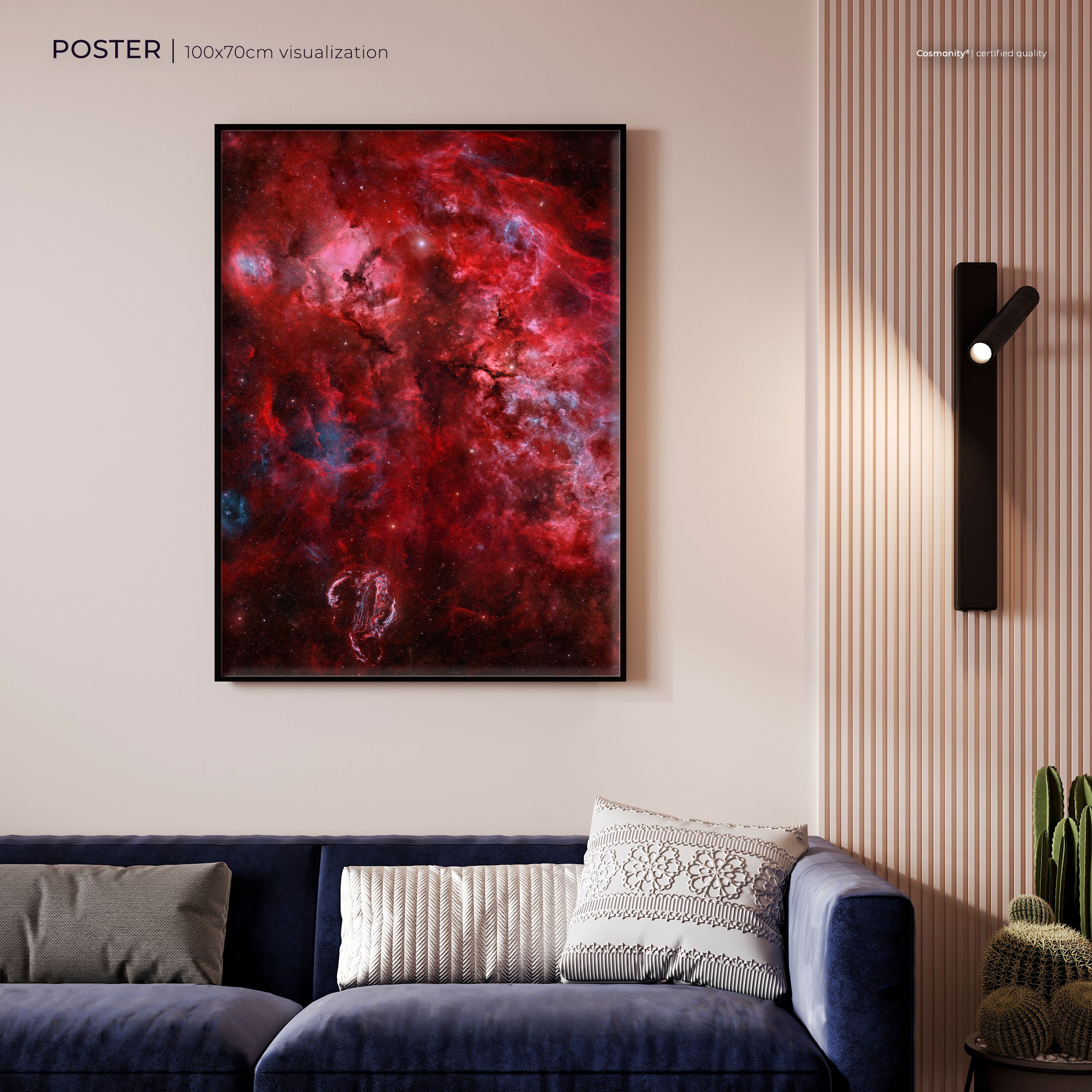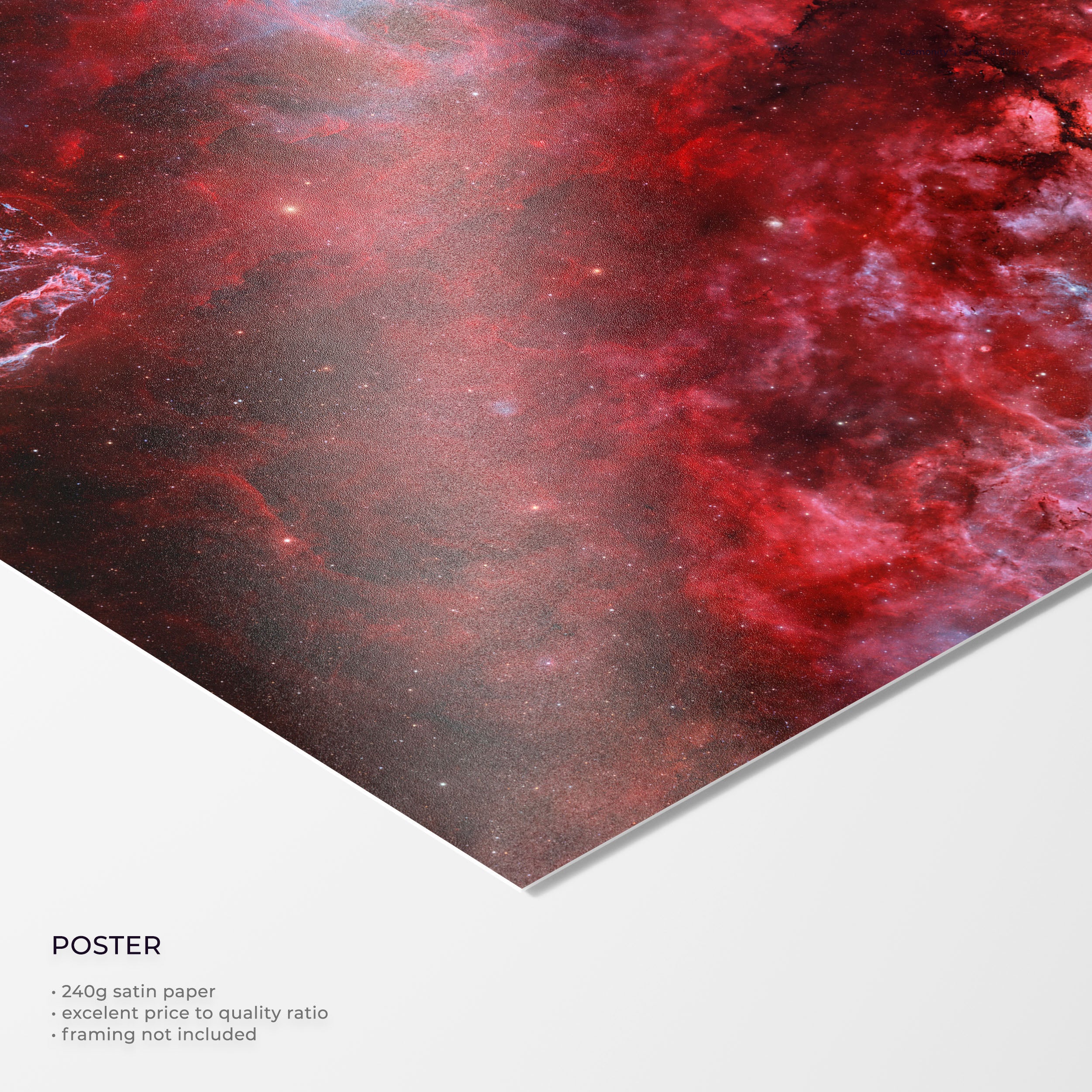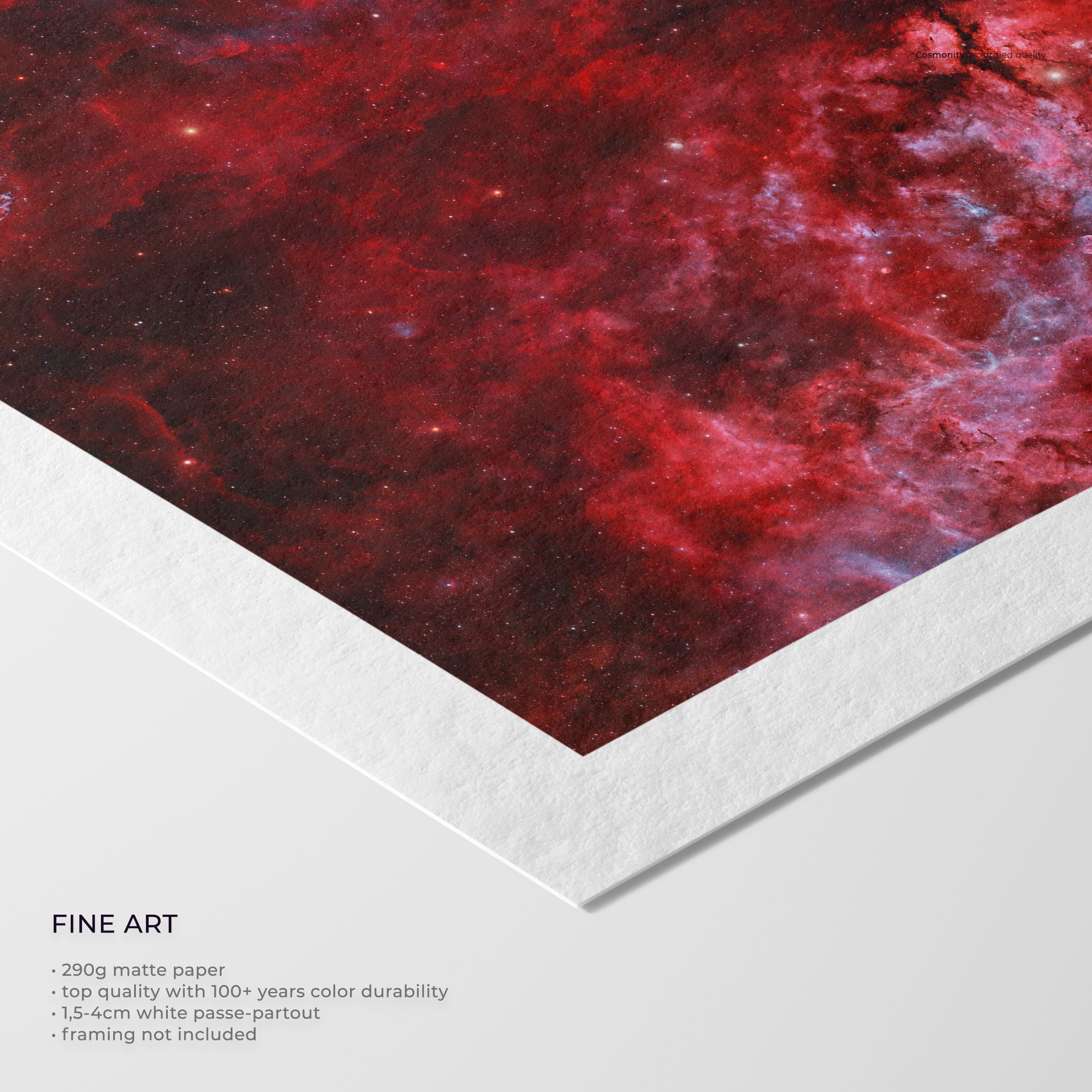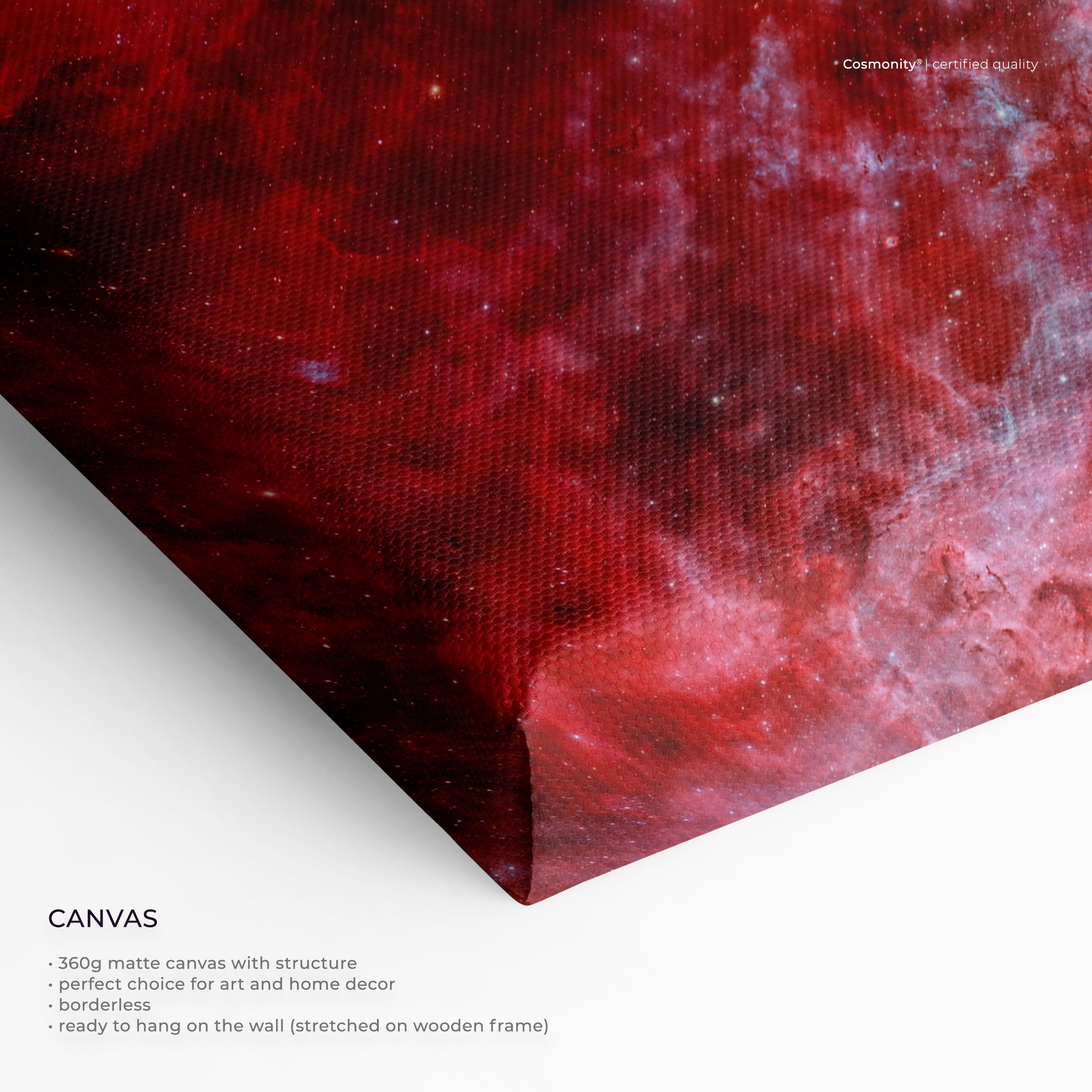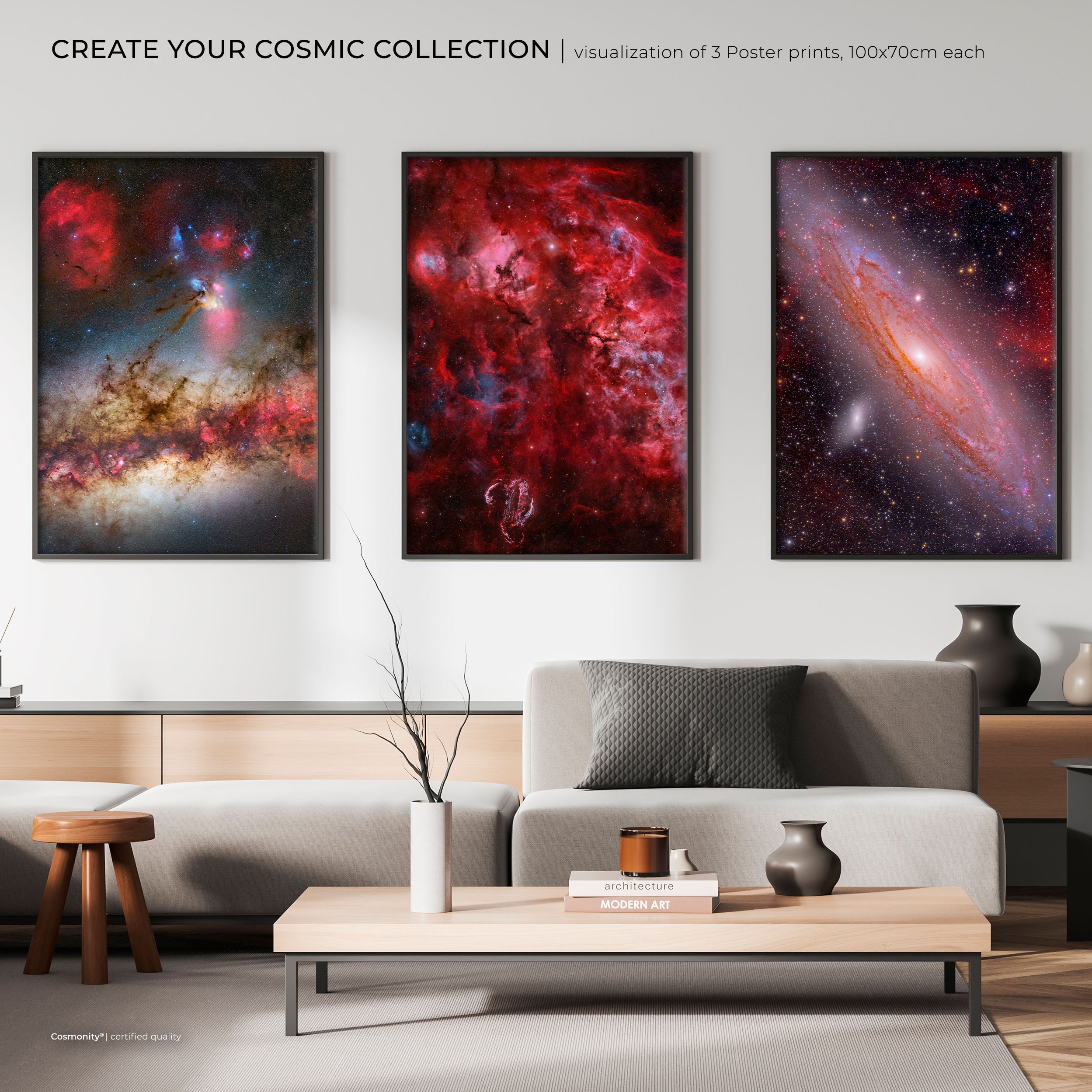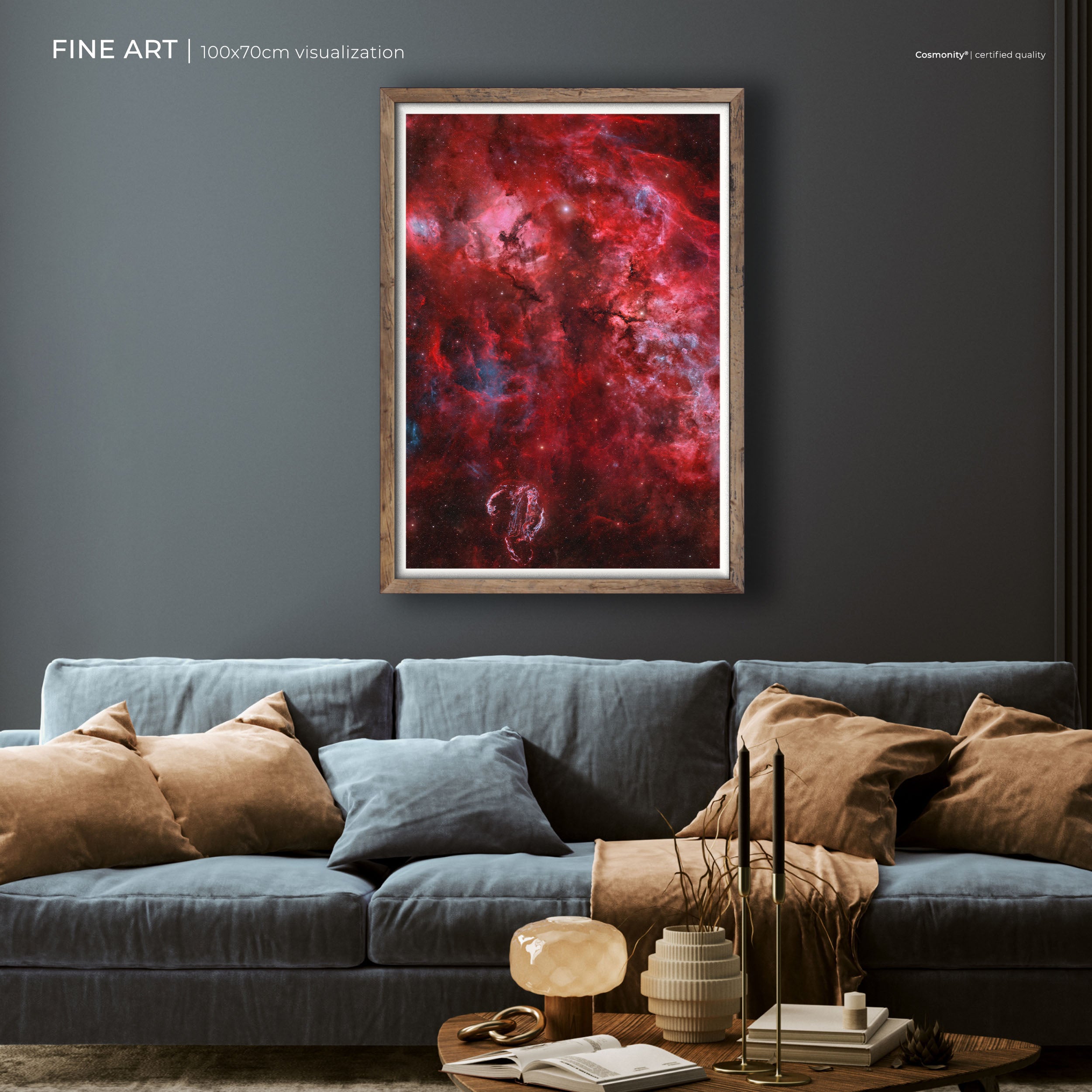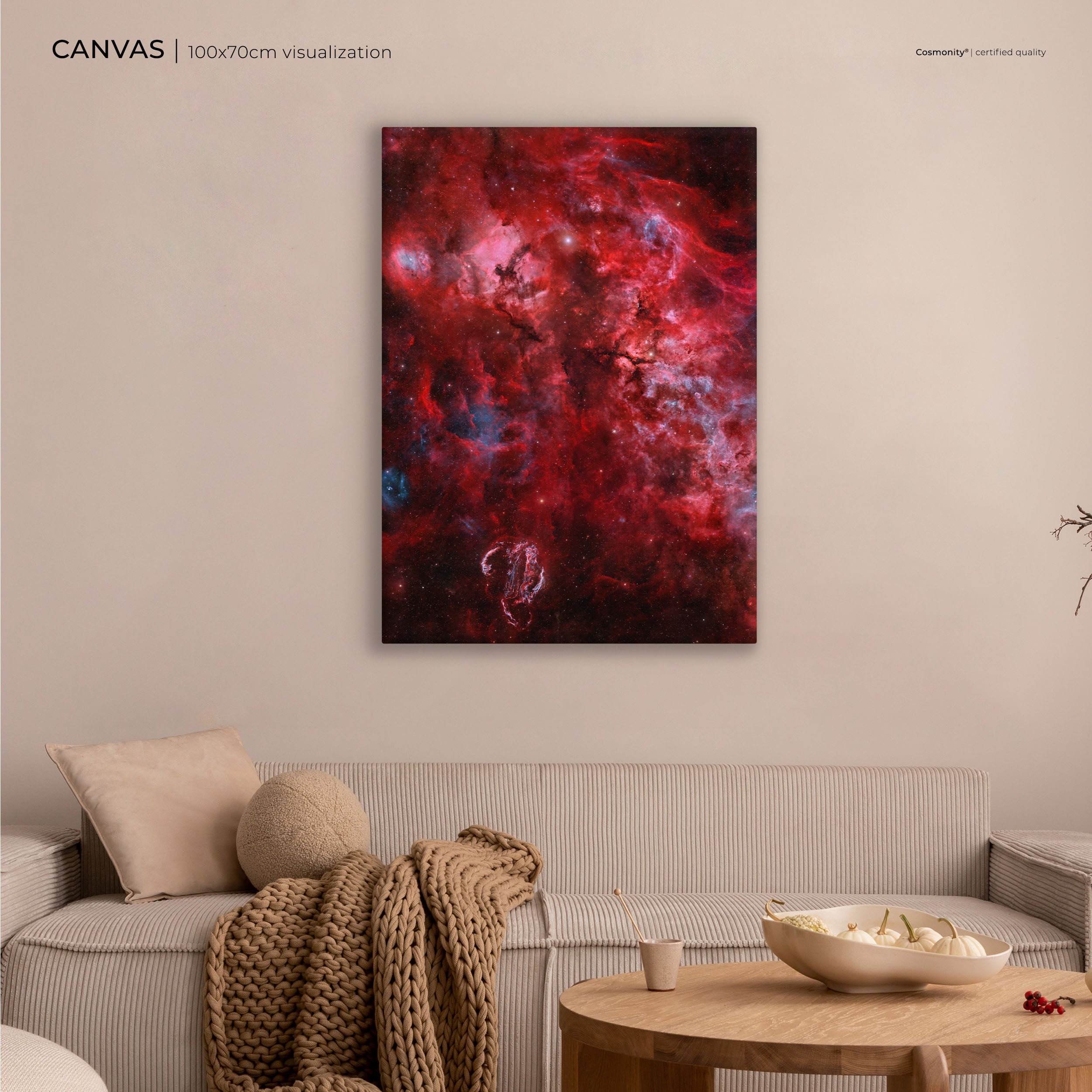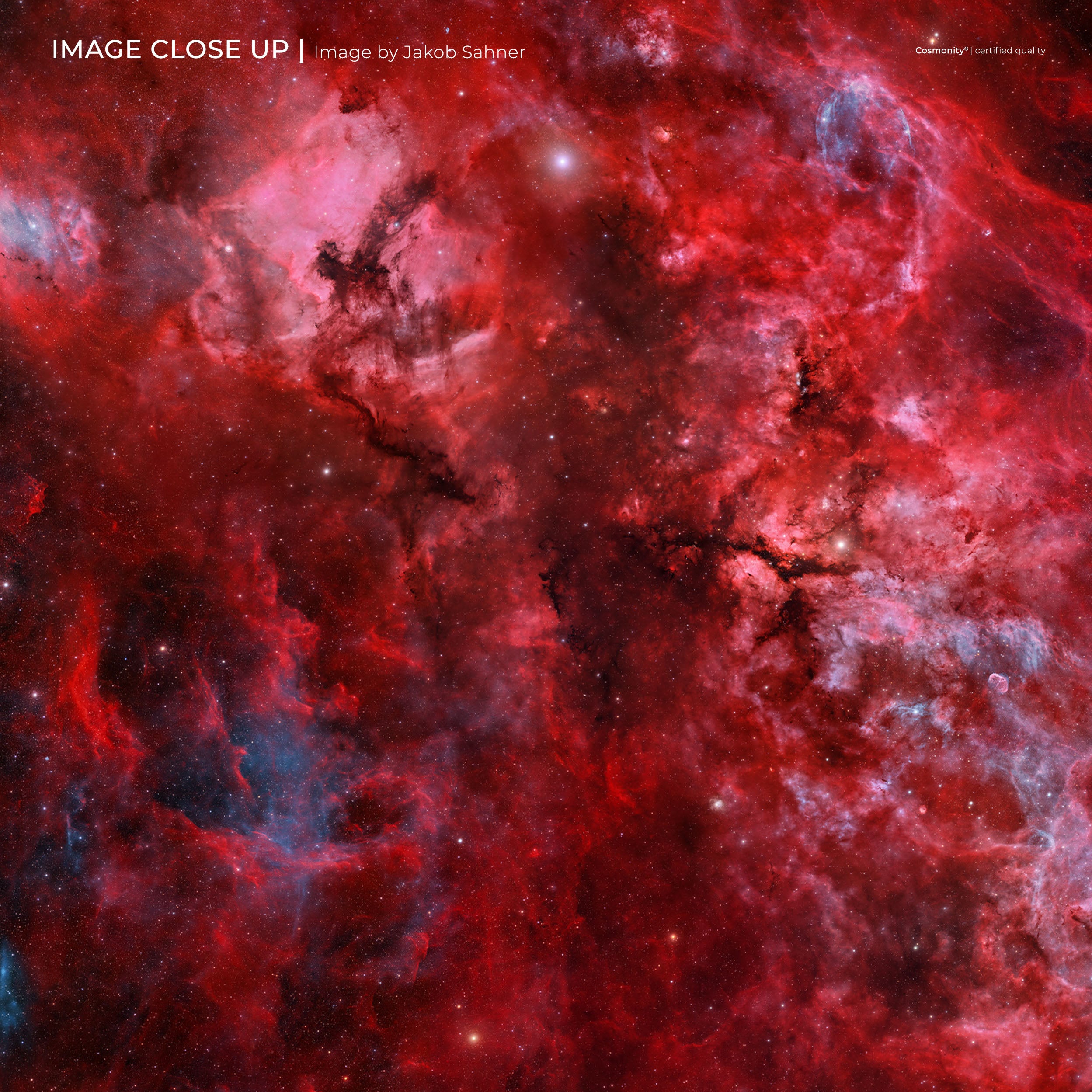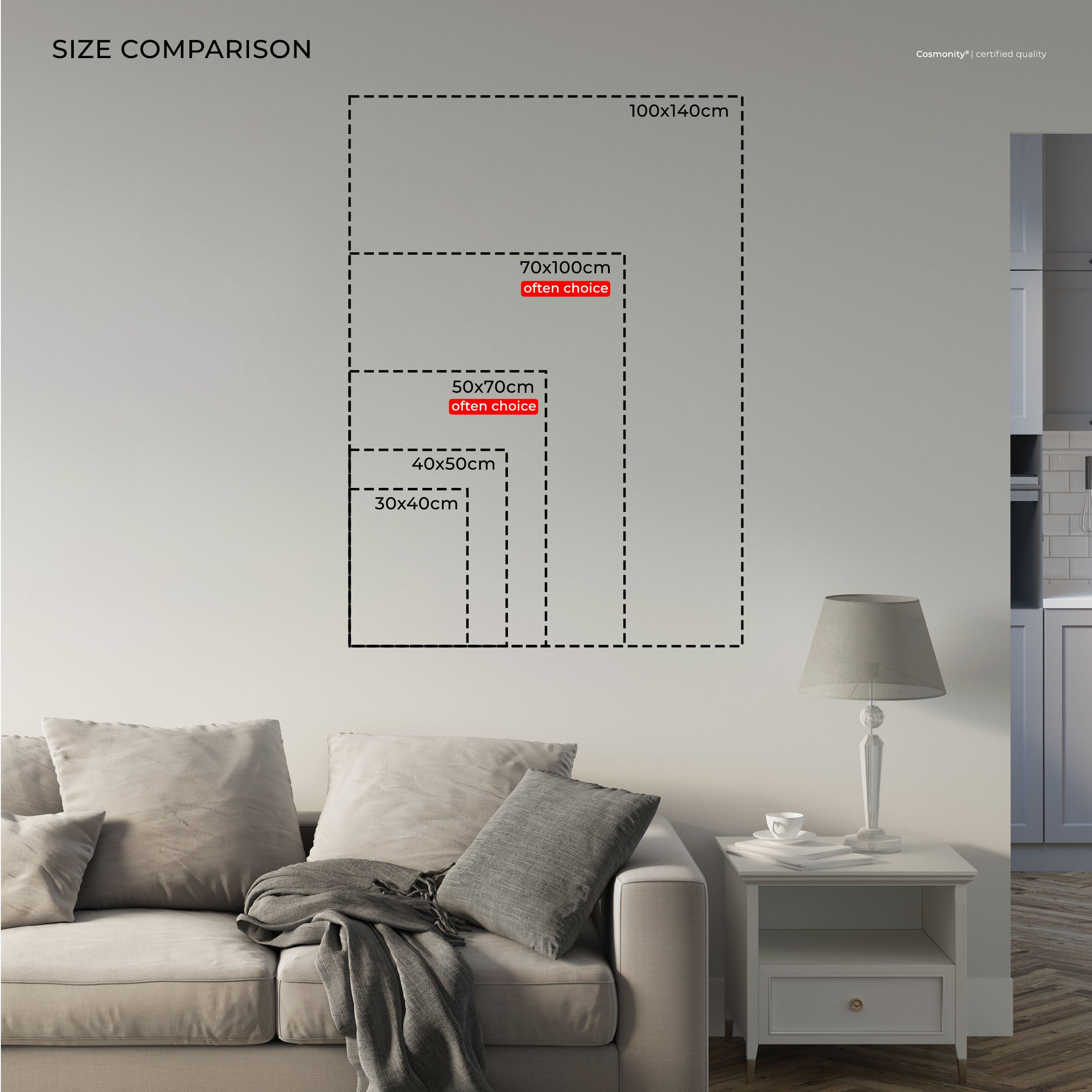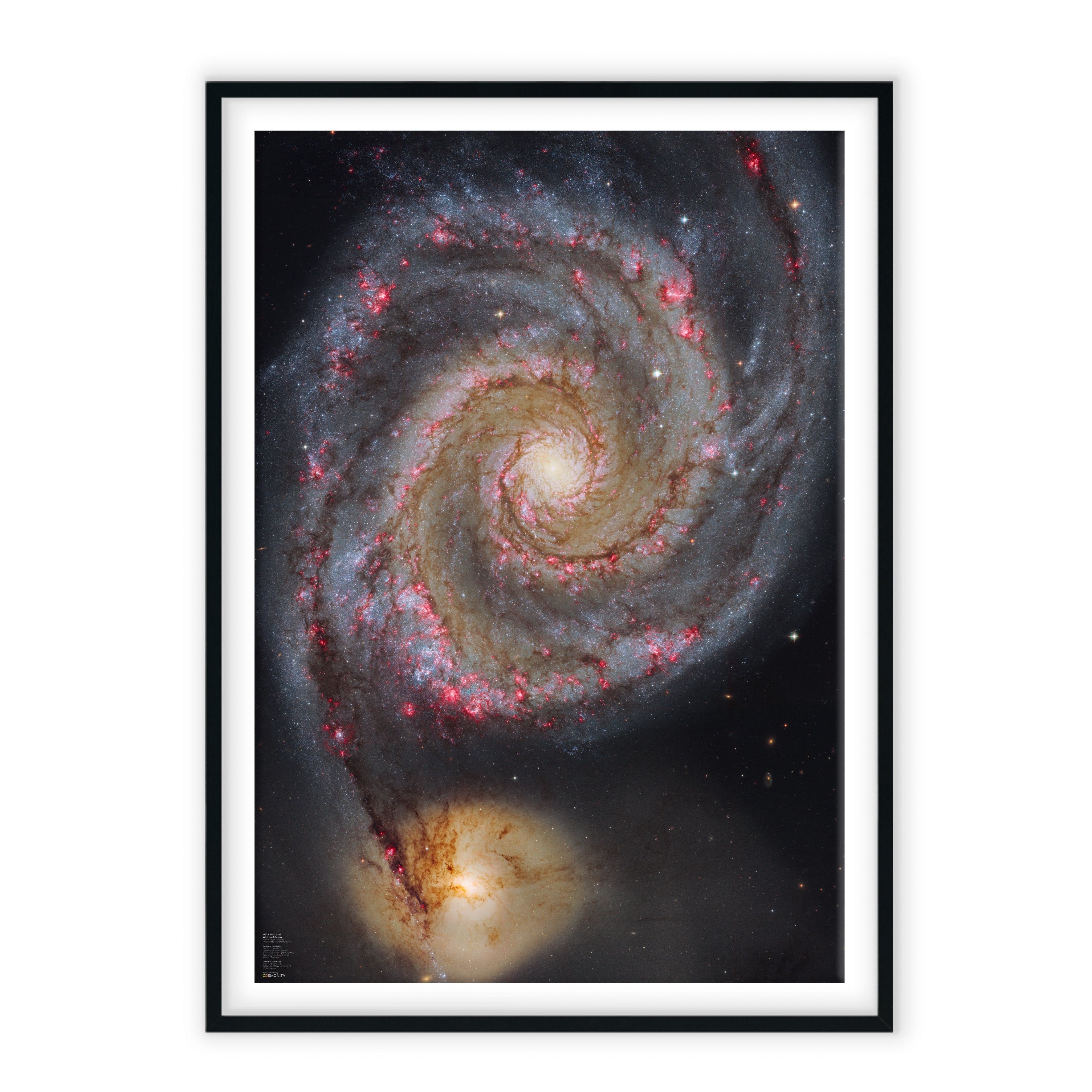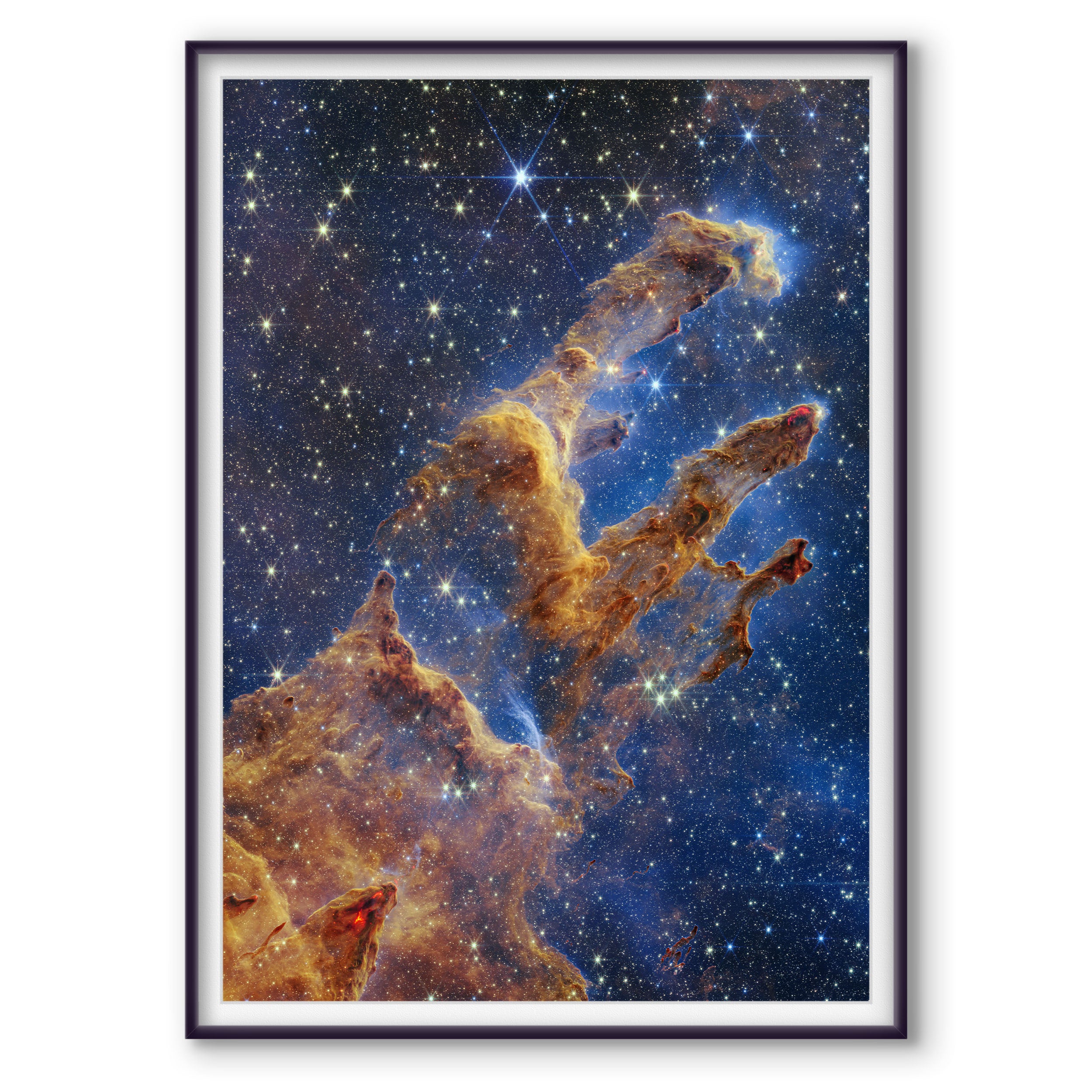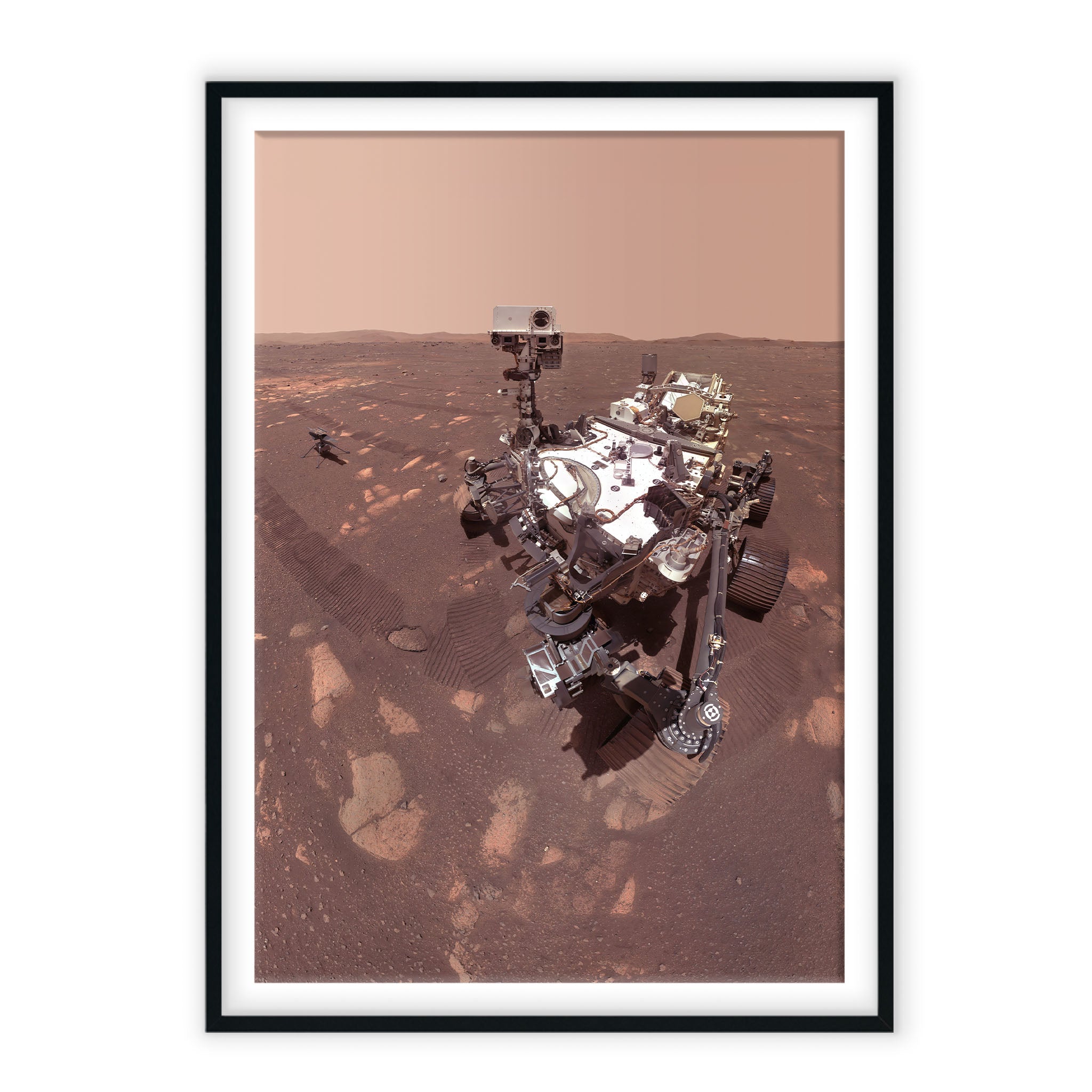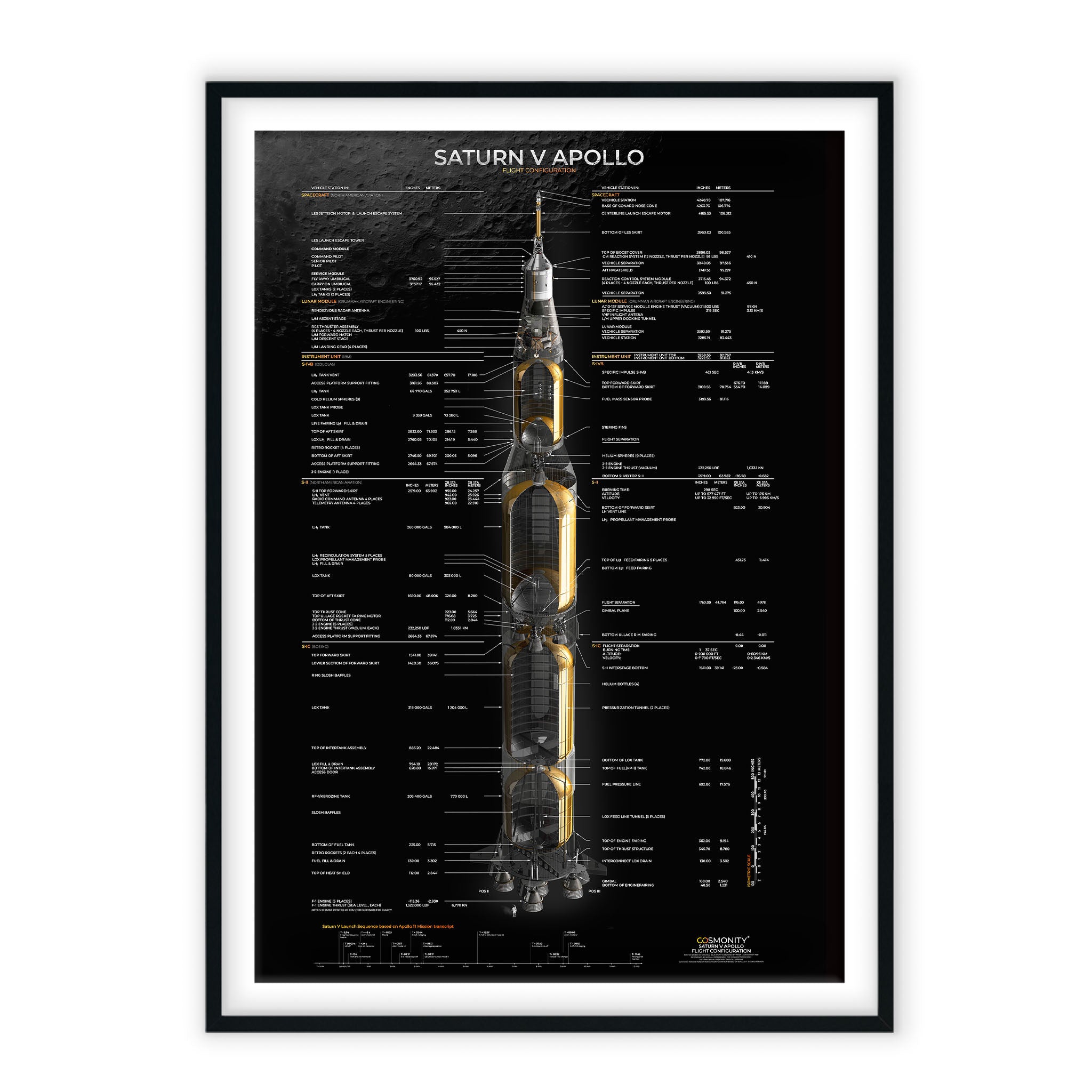This ambitious project began in mid to late March 2023 when I conducted automated mosaic tests with my newly installed remote telescope at e-EyE in southern Spain.
However, let's rewind a bit: I've always been captivated by large images, whether they're expansive landscape panoramas or deep-sky mosaics with a broad field of view. Last year, I closely followed Bray Falls as he set up his new telescope rig for such images; a Takahashi FS-Q 106 with a QHY600 camera, an ideal combination for wide-field mosaics. When he commenced his first mosaic project of the Cygnus region, I initially felt a pang of envy. But upon closer inspection, I believed there was untapped potential in his image. While Bray's SHO color approach was visually appealing, certain areas lacked the intricate OIII details and the dark dust lanes that LRGB could enhance.
That's where I stepped in. My passion lies in deeply integrated LRGB + Ha and OIII images. However, the persistent bad weather in Germany posed a challenge. The solution? Investing in a slot at a remote telescope site in Spain. After some research and a fortunate connection with Sophie and Jens, who had similar plans, we embarked on this journey together.
 Jakob's remote observatory in Spain.
Jakob's remote observatory in Spain.
With Spanish sky of the bortle 2/3 class and more clear nights than I ever had in my life, the door for massive projects just opened for me! Lets start slow and then go all in, that was the goal for starting my remote life. I did some single panel images to get warm with the setup but soon after I started to build a automated mosaic sequence in N.I.N.A and during a full moon I tested it on this exact mosaic. I got around 30hrs of data and tried to stitch it. Everything worked except for the strong gradients I got from the full moon.
A few weeks later I started capturing data on the mosaic. I had to wait until the early hours of the morning so that the panels I wanted to capture get above 30 degrees on the horizon.

Since my telescope doesn't have a rotator I had/wanted to use a 20% overlap to ensure that I dont get registration and blending problems between the panels.
I first captured most parts of the H-Alpha dataset but then moved between the filters to slowly build up the libary of files. At the beginning of August I captured the final images for the green channel and started working.
While I was coming close to the end of capturing my wanted data I had Bray Falls image in mind again and was like: Why don't we just work together on this? He has a very similar setup to mine, when just looked at raw numbers like focal lengh and resolution.
Shortly after I contacted him and asked if he wanted to provide his old dataset of Ha and Oiii data and he did! This was now a 2 people project which may should have been at the start. :)
I certainly wasted the most amount of time on it but his data greatly enhanced my narrowband channels, especially Oiii.
With Brays data we reached the 250hours of data integration mark, now it was time to process.
Some stats about the dataset:
- Over 3,000 individual .fits files captured
- Over 150GB of RAW data from these .fits files
- A RAW resolution exceeding 1.5 gigapixels
- The processing folder swelled to almost 500GB
- The final 16-bit .PSB file is approximately 7.5GB in size.
The result? A breathtaking image that's a testament to our dedication and collaboration.

Close up of the central part of the image with described nebulae and star clusters.
Jakob Sahner is a 21 year old German astrophotographer who came into contact with the fascination of space early in his childhood. Very early he began to make projects with image and video editing programs and after graduating from high school he completed an apprenticeship as a photo and media technical assistant. The subject has grabbed him like an addiction although he had no knowledge about this hobby. He just wanted to do it and try it out! In the now more than 4 years he has become a worldwide known astrophotographer and has developed his skills from normal landscape astrophotography to deepsky photography.











